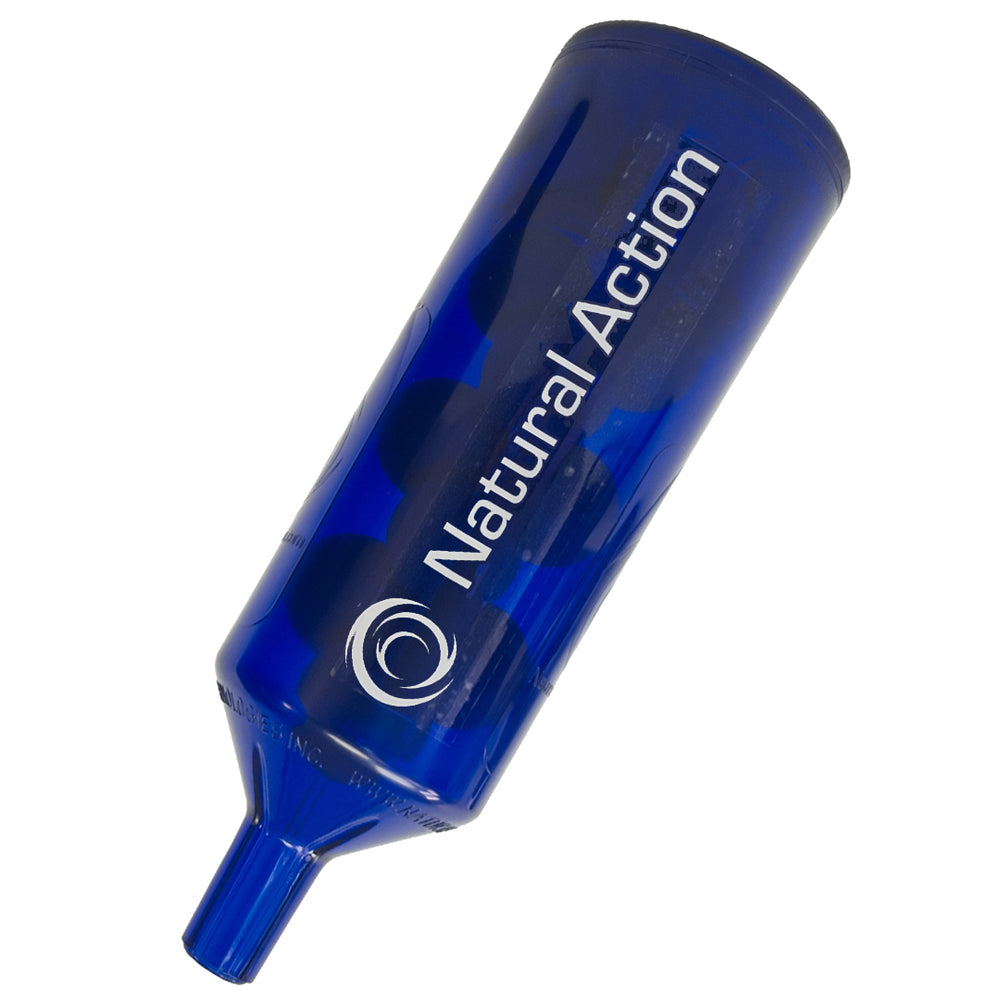Water Quality Basics
Our position is that water and water quality are fundamental factors in the overall health of our environment and ourselves.
Water quality consists of ‘source and history’ along its journey. In today’s world, water is heavily processed. In addition, shortening the natural hydrological process drastically reduces its subtle and overall quality. With current populations and densities, most human beings will never experience drinking ‘high-quality mature water’ straight from a mountain spring stream.
However, there are solutions.

In an attempt to restore the water as close as possible to the condition of natural water involves creating ‘functional water’. Since all source water varies and can have its own various problems, we see all methods of water correction as valuable. The methods involve; separation (usually filtration), revitalization (passive modulation), and can include mineral additions from natural sources which emulate highly functional water found in nature. The difference is in the quality of these processes.
If filtration is deemed necessary, the highest quality filters should be used. The downside to filters are the accumulation and pressure processing of unwanted concentrates, which can transfer into the water. Structuring afterwards can help correct potential problems, but the main idea is to remove as much of the unwanted substances, while leaving as many of the trace elements as possible.

Water revitalization must also be verified for quality. Both subtle properties and general properties are assessed through Crystal Microscopy, which provides an overall water quality assessment and degree of improvement. Hagalis Labs
Mineral revitalization can be as simple as adding natural salts such as Celtic Sea salt or Himalayan salt. All-natural colloidal volcanic minerals of certain types can really amplify the effect of functional water and have an enormous additional effect on pathogens and many other chemicals of concern by binding, neutralizing, and precipitating them out of solution, which can be verified by lab reports.

Ultimately, Natural Action’s intent is to provide help on your journey to water health through filtration and water structuring with the highest quality constituents widely available.




